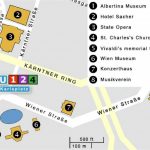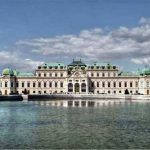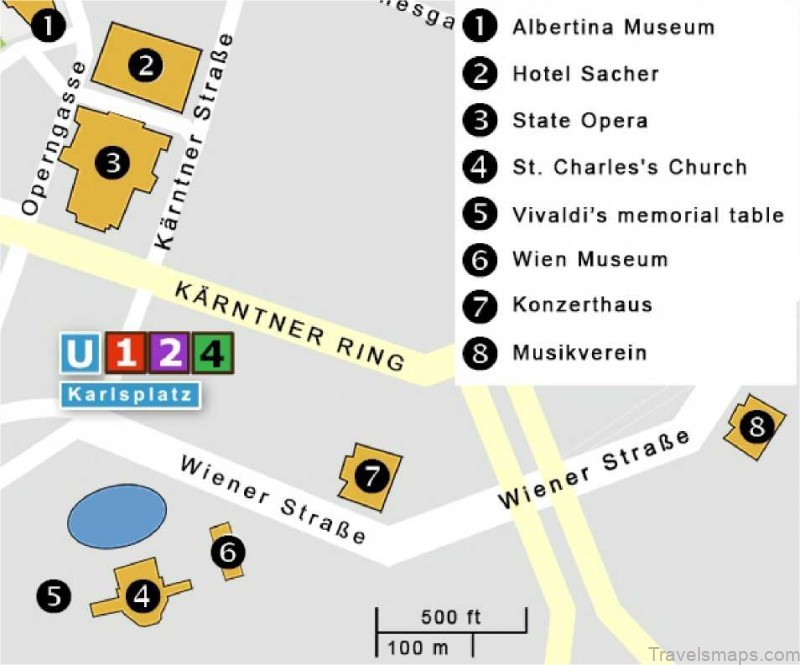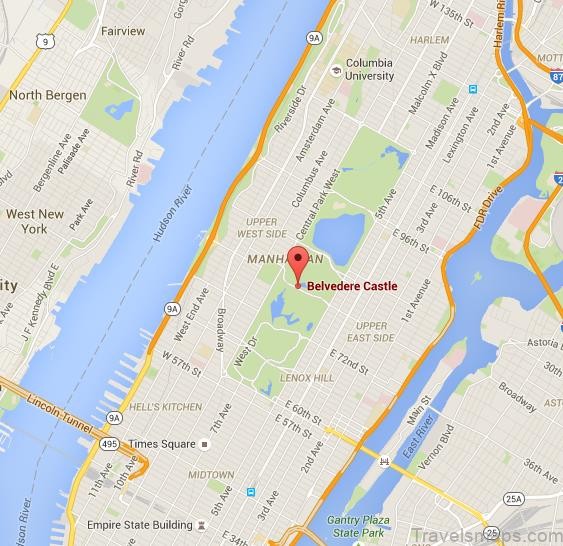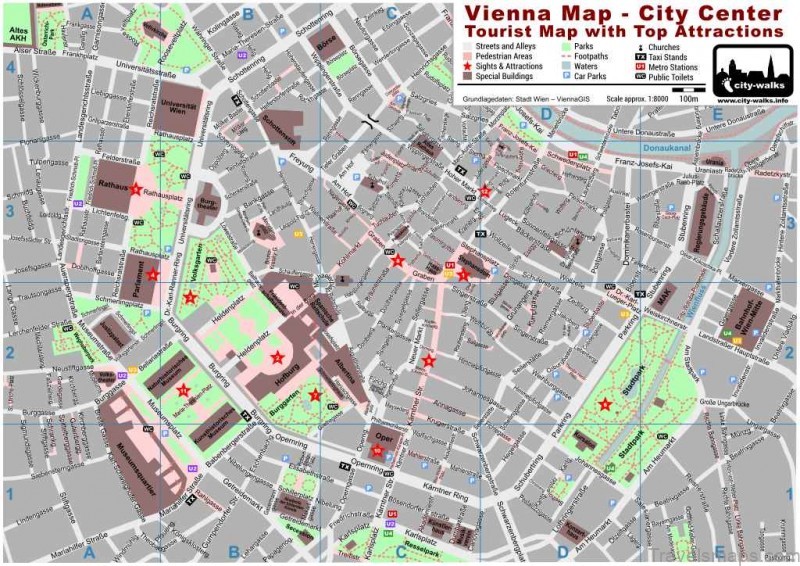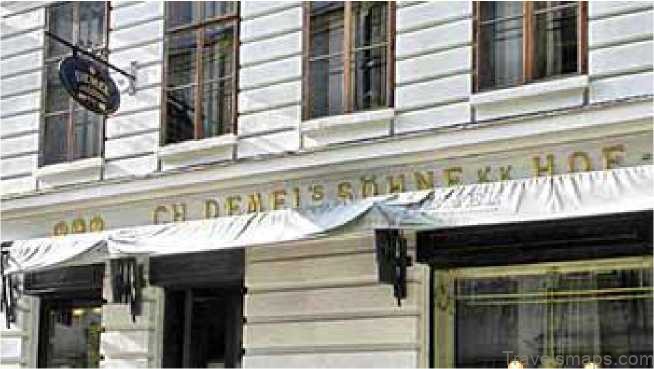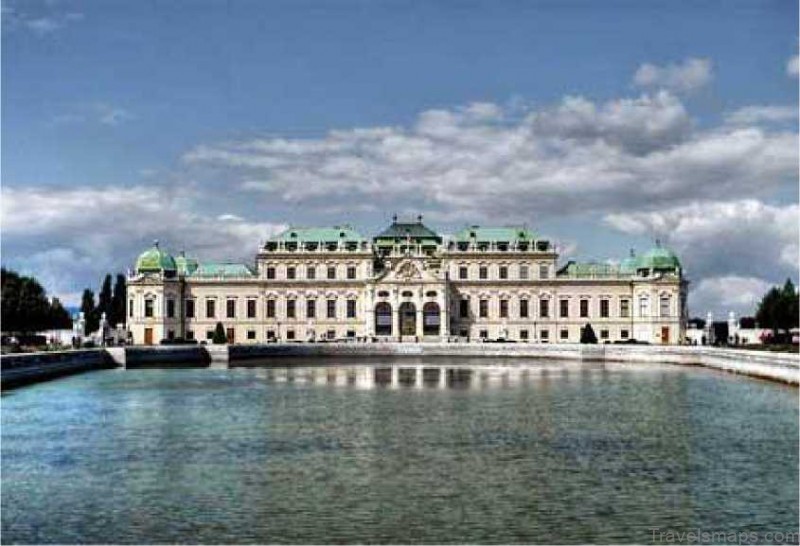
FAMOUS COMPOSERS IN THEIR TOWN -WHERE HAYDN, MOZART AND BEETHOVEN MEET EACH OTHER
St. Stephen’s Cathedral
Antonio Vivaldi, Joseph Haydn and Wolfgang Amadeus Mozart in St. Stephen’s Cathedral
Antonio Vivaldi2 came to Vienna in hopes of attaining a position as court composer for the imperial court. Unfortunately he died shortly after his arrival in the house that once stood where the Hotel Sacher stands today. His death was documented in the registry of deaths of St. Stephen’s Cathedral on July 28, 1741. There is a plaque commemorating the greatest composer of the Baroque era at the old Vienna University of Technology on Karlsplatz. A hospital and its associated cemetery were located there during Vivaldi’s time.
Shortly before Vivaldi’s death is when Joseph Haydn3 came to Vienna as an eight-year-old and began his musical career as a choir boy in St. Stephen’s Cathedral. For nine years he sang together with his brother Michael under the altar of Vienna’s cathedral and at the same time took joy in a comprehensive musical education. In order to preserve his immaculate voice, the master of the choristers, Domkapellmeister, wanted to have Joseph Haydn castrated. Haydn’s father was able to ward off this plan in the last moment. Despite the Domkapellmeister’s plan, Joseph Haydn married in this cathedral at the age of 28.
The wedding of Wolfgang Amadeus Mozart4 and Constanze and the baptism of two of their six children took place here. In May 1791 Mozart applied for the well-paid position of Domkapellmeister at St. Stephen’s Cathedral. But on December 5, 1791 before he was able to officially take office, he died at the age of 35. On December 6 he was laid out in the Chapel of the Crucifix in the cathedral.
FAMOUS COMPOSERS IN THEIR TOWN -WHERE HAYDN, MOZART AND BEETHOVEN MEET EACH OTHER Photo Gallery
Mozart, Haydn and Beethoven in the Mozarthaus
At the age of 17 Ludwig van Beethoven5 arrived from Bonn to take private lessons from Mozart. Beethoven was requested to improvise for the Mozart. But Mozart did not believe that the young pianist was improvising freely. He was convinced that Beethoven had diligently prepared the “improvisations” and at first reacted with indifference. He then gave Beethoven a theme to improvise on that he picked himself. Undeterred, Beethoven played variations on Mozart’s theme and the Meister applauded him. Mozart was willing to immediately take on the young virtuoso as his student. But unfortunately it never came to that. Before they could begin the lessons, Beethoven had to return to Bonn to his deathly-ill mother.
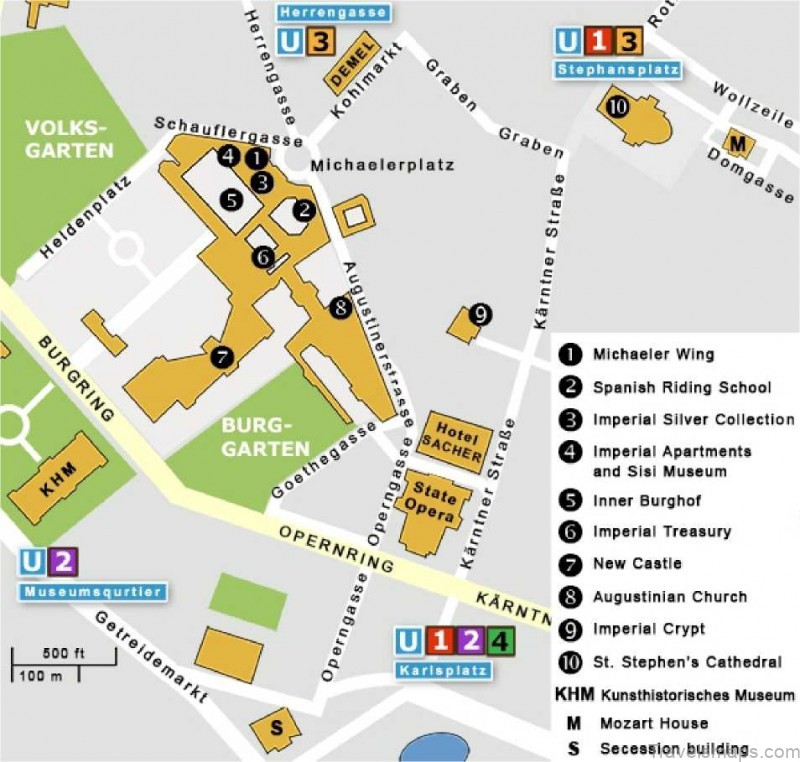
Both composers, Mozart and Beethoven, were students of Haydn. Mozart wrote to his father about Haydn describing him as his “fatherly friend”.
Wolfgang Amadeus Mozart was celebrated as a gifted artist in Vienna ever since his first performance on the piano for Empress Maria Theresa6 in Schonbrunn Castle.7 He was six years old at the time. In Vienna he very quickly made a wide range of influential friends and was asked to perform numerous concerts in the houses of the nobility.
Haydn and Beethoven in the Academy of Sciences
On March 27, 1808 there was a party to celebrate the 76th birthday of Joseph Haydn in the auditorium of the Academy of Sciences in Vienna. A celebrity all over Europe, the composer, decorated with medals and awards, was carried in on a carrying chair. Among the many guests was also Haydn’s former student Ludwig van Beethoven. This was Haydn’s last public appearance. One year later, as Vienna was being occupied by Napoleon, Joseph Haydn died.
Napoleon, who was a great admirer of Haydn, posted a guard of honor in front of the house of the dying composer in May 1809. Four years later, in December 1813, the 43-year-old Beethoven celebrated a triumphant success in the same auditorium of the Academy with a performance of his Seventh Symphony and the premiere of his orchestral work Wellington’s Victory, or, the Battle of Vitoria , in which he described Napoleon’s defeat in Spain. The composer himself conducted both pieces.
The European statesmen who had come to Vienna for the Congress of Vienna (1814) were overwhelmed by Beethoven’s music. Thus Beethoven finally achieved the international breakthrough he had always longed for.
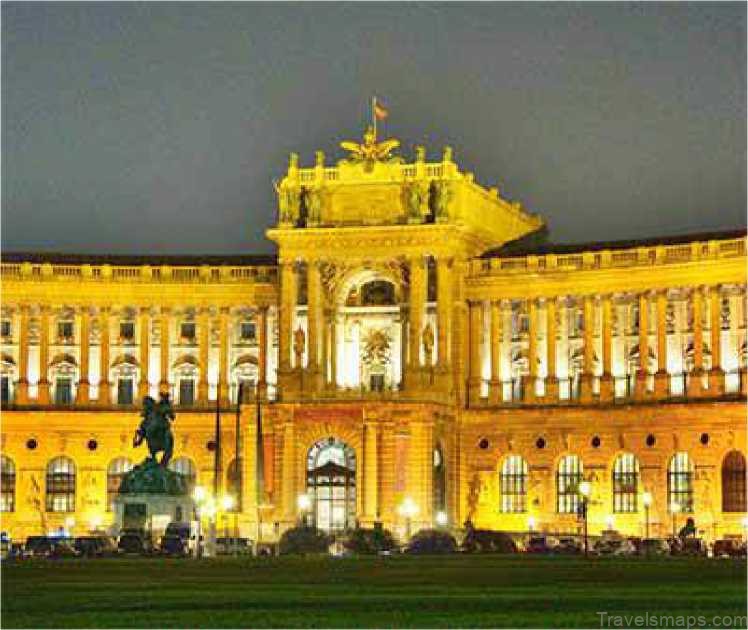
New Castle at the Hofburg
Still today the world of sound of the composers of the First Viennese School (Haydn, Mozart and Beethoven) can be reproduced with original musical instruments of the time. The Collection of Ancient Musical Instruments is located in the New Castle8 of Vienna’s Hofburg.
Antonio Salieri’s greatest discovery: Franz Schubert
Antonio Salieri9 was not only known for his victory over Mozart in the legendary composer contest in Schonbrunn Castle. Salieri was also the most distinguished music pedagogue of his time. As the Imperial Chapel Master, he directed the Boys’ Choir at the Hofkapelle in Vienna. This is where Franz Schubert10 caught his attention.
In difference to Haydn, Mozart or Beethoven, Franz Schubert did not enjoy wide public appreciation during is short life span. Even though Salieri supported him for years due to his unique musical talent, Schubert was never able to find a publisher for his work. His attempts to find musical employment also failed. He sent his songs and compositions to the greatest idols of the time, Johann Wolfgang von Goethe und Beethoven, but that also did not further his cause.
Convinced to do so by friends, he held his only public concert on March 26, 1823, the first anniversary of Beethoven’s death. It was a great success. The concert was sold out even though on the same evening the most famous violin virtuoso of the time, Niccolo Paganini, was performing in Vienna. It was not until after this success those publishers also gained interest in his work. He died on November 19, 1823 at the age of 31. His last words were to be chiseled as an epitaph onto his gravestone: “Beethoven does not lie here.”
Franz Schubert was buried near Beethoven’s grave in the cemetery in Wahring – the 18th Viennese district. Sixty years later Schubert’s and Beethoven’s remains were moved to Vienna’s Zentralfriedhof and laid to rest next to each other.
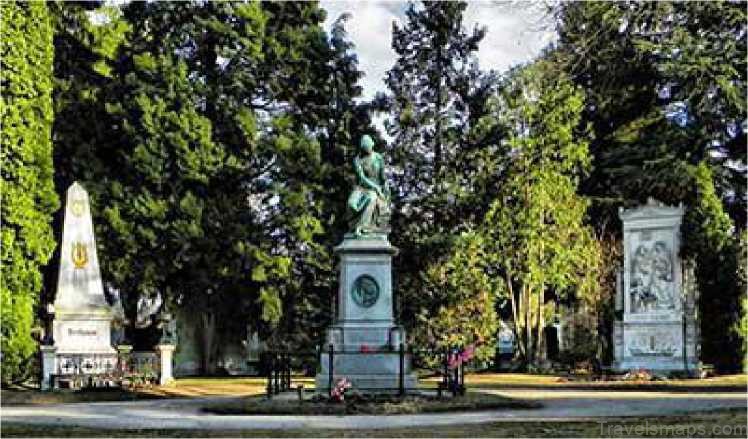
Beethoven, Mozart and Schubert rest in the Zentralfriedhof
Not until after Schubert’s death did his numerous romantic songs become more and more popular. It still took a much longer time for his symphonies, masses and operas also to be made accessible to the public. The Eighth, so-called Unfinished Symphony did not premiere in Vienna until 1865.
Johannes Brahms as “Beethoven’s heir”
Johannes Brahms11 was another admirer of Beethoven who tried to gain recognition and praise in the city that his great idol, Ludwig van Beethoven, had spent his best years in. In Vienna he felt especially close to the great Beethoven.
Johannes Brahms once wrote to a friend: “I will never compose a symphony. It is impossible to put into words how the likes of us feels when we are always hearing this giant marching behind us”. Brahms nonetheless managed to finish four symphonies. His first performance was in Vienna in 1862 and he was immediately celebrated as “Beethoven’s heir.”
Soon after, Brahms was offered the position of choir director of the Vienna Boys’ Choir. Ten years later he took over the artistic direction of the highly sought-after Vienna Philharmonic concerts. He received a place of honor in the director’s loge in the “Golden Hall” in the Musikverein. Today the second largest concert hall in the building is named after him.
Brahms and his admirer Johann Strauss II12 were bound by a great friendship. The Waltz King dedicated his waltz “Be Embraced, You Millions!” to his friend Johannes Brahms.
Johann Strauss II and Anton Bruckner as the darlings of the imperial court
Johann Strauss II carried on the family tradition and took over his father’s orchestra. Shortly thereafter he was summoned to be the imperial and royal musical director of the Hofball / Court Ball. Consequently he was also responsible for the planning and realization of the Hofball. The Wiener Hofball still today takes place in the Hofburg even though the court as an institution no longer exists.
The undisputed father of the operetta, Jacques Offenbach, gave Johann Strauss II the idea to try composing operettas. His first operetta Indigo and the Forty Thieves successfully premiered in 1871 at the Theater an der Wien. This was a special honor for Strauss since the Theater an der Wien was where Beethoven’s opera Fidelio premiered and where the first public performances of Beethoven’s Third, Fifth and Sixth Symphonies were held.
The premiere of Die Fledermaus was in 1874. It became his most successful operetta and has been in the repertoire of the Hofoper, today’s Vienna State Opera, since 1894. Until today Die Fledermaus is the only operetta that is performed there.
Strauss’ grave is located in Vienna’s Zentralfriedhof, next to the graves of Brahms, Beethoven and Schubert.
Anton Bruckner13 seized the opportunity and, at the age of 44, assumed the position of court organist that had just opened up in Vienna.
Already back then he was celebrated as one of history’s greatest organists. But as a composer he first had to prove himself in Vienna. Because he dedicated his Third Symphony to Wagner, he was immediately branded as a Wagnerian by the Brahms devotees in Vienna. Because of this he had to fight for recognition in Vienna well into the second half of the 1880s.
It was not until then that Bruckner was recognized for his accomplishments as a composer by being awarded the Order of Franz Joseph from Emperor Franz Joseph I14 for his work Te Deum . In 1891 the emperor also bestowed on him the rare privilege of taken on a rent-free apartment in Belvedere Castle15 .
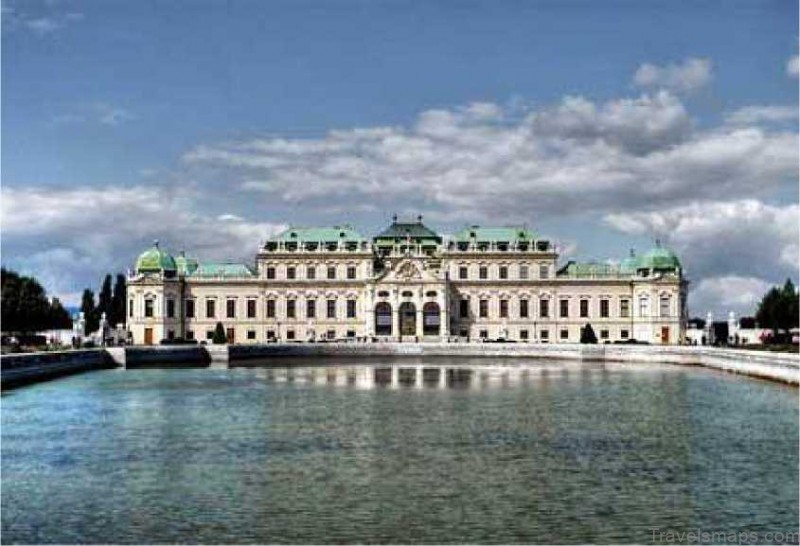
The Upper Belvedere
It was here that he spent the last year of his life.
Deeply committed to God and his vicarious rulers on earth, Anton Bruckner dedicated his Seventh Symphony to King Ludwig II of Bavaria, his Eighth Symphony to Emperor Franz Joseph I and his Ninth Symphony to God – “if he shall accept it”, as the composer added.
Everybody loves Gustav Mahler – Bruckner & Schoenberg as his admirers
One of Anton Bruckner’s many students was the especially gifted Gustav Mahler16 . Mahler started his musical education at the age of four and at age six he was already teaching classes himself and composing his first works.
Focusing on opera, Mahler started working as a conductor in the beginning of the 1880s. He studied the most distinguished conductors of his time at their concerts and this lead to becoming acquainted with Pyotr Ilyich Tchaikovsky and Richard Strauss. After a series of guest performances, he was summoned to Budapest in 1888 to be the director of the Royal Opera. Johannes Brahms once attended a performance of Don Giovanni in Budapest that Mahler was conducting. Brahms was very impressed with his work.
Already an accredited conductor, Mahler was offered the dream position as conductor and court opera director of the Vienna Hofoper and he accepted. He held this highly esteemed position for ten years and during this time also conducted his own works during guest performances in Saint Petersburg, Rome, Paris and Amsterdam gaining enthusiastic followers everywhere. In the United States Mahler’s symphonies were also highly regarded: He was briefly director of New York’s Metropolitan Opera and the New York Philharmonic.
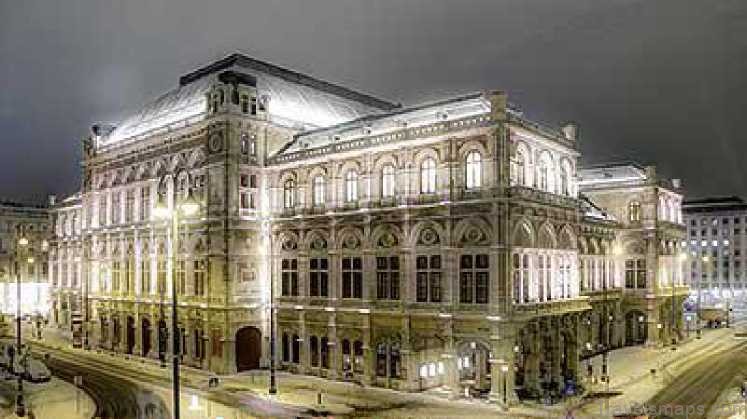
Wiener Staatsoper | Vienna State Opera
In Vienna, Gustav Mahler was friends with the artists of the Viennese Art Nouveau. He was also very close to the young and progressive composers Arnold Schonberg17 and Alban Berg.18
At the beginning of the 20th century, they formed the Second Viennese School
(Arnold Schonberg, Alban Berg and Anton Webern19 ) which is considered to have influenced the development of music in Modernism.
Maybe You Like Them Too
- UNIQUE RESTAURANTS, COFFEEHOUSES AND CAKE SHOPS IN VIENNA – WHERE MOZART ATE, BEETHOVEN WINE AND HITLER COFFEE DRANK
- MAP OF THE BELVEDERE CASTLES
- Map of Austria – Best Places To Visit In Austria
- Map of Vienna, Austria – Getting to Vienna

